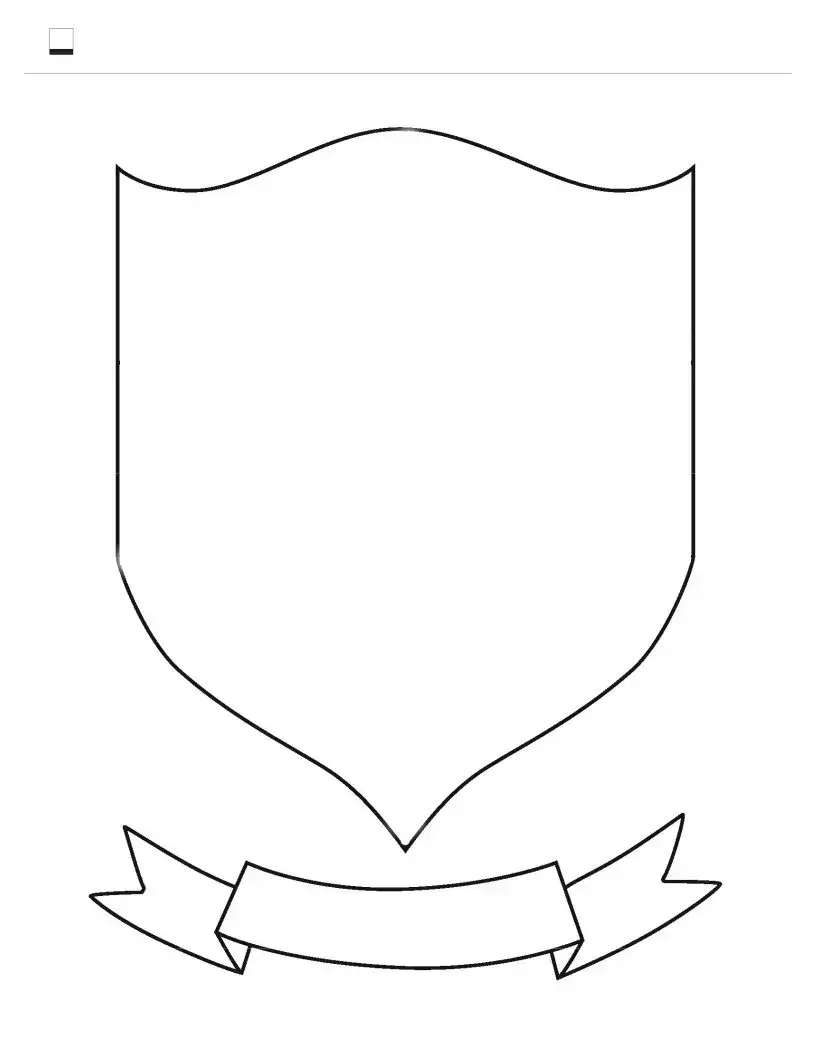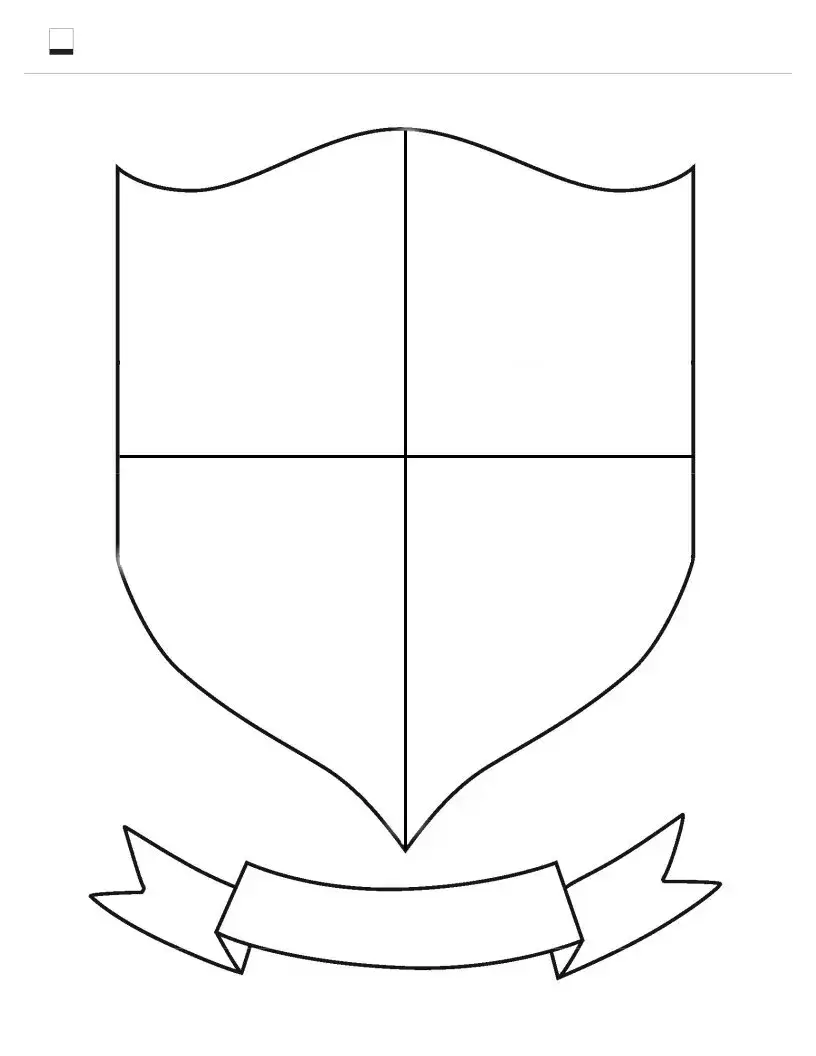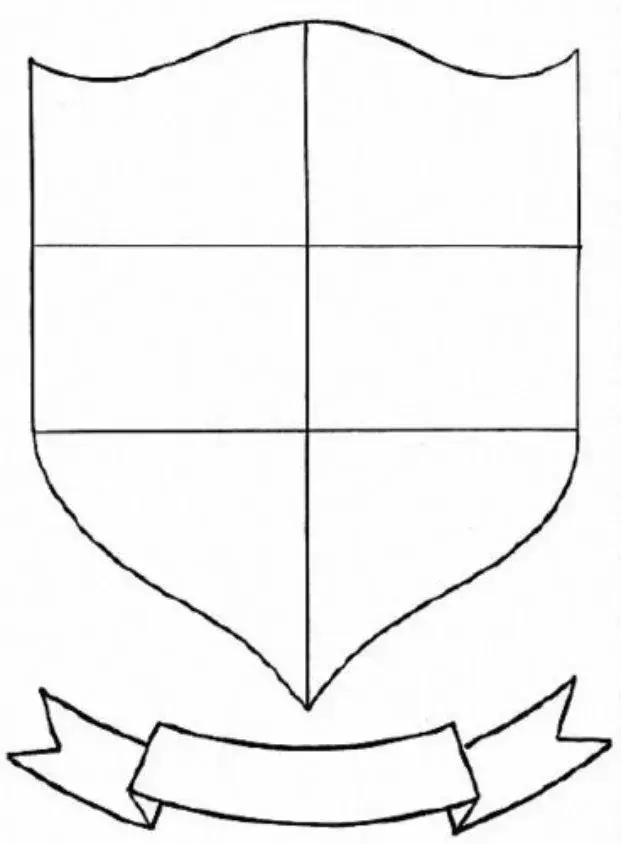The Coat of Arms form serves as a vital document for individuals seeking to establish or register their heraldic symbols, representing their family lineage, heritage, or personal achievements. This form typically requires detailed information about the applicant, including their name, contact details, and the specific design elements they wish to incorporate into their coat of arms. Applicants must also provide a description of the symbolism behind each element, ensuring that the final design reflects their unique identity and values. Additionally, the form may include sections for submitting supporting documentation, such as proof of lineage or historical significance, which can be crucial for validating the claim to a coat of arms. Timeliness is essential, as the application process can vary in duration depending on the reviewing authority. Understanding the intricacies of this form can greatly enhance the likelihood of a successful application, making it imperative for applicants to approach it with care and attention to detail.





